Maintaining oral hygiene can be challenging once you add metal or ceramic brackets—yet it’s more important than ever to braces clean thoroughly to prevent demineralization, staining, and gum inflammation. Below, we outline six key strategies to help your B2B partners educate end users on optimal cleaning protocols for orthodontic patients.
First, selecting a toothbrush engineered for braces makes all the difference:
Transitioning to these specialized bristles elevates overall cleaning performance.
Next, interdental tools are essential for cleaning under wires:
By integrating these devices, braces clean becomes a comprehensive, four-step routine rather than just brushing.
-1024x1024.jpg)
Moreover, water flossers bring dynamic water jets to your regimen:
Therefore, recommending a water flosser adds an innovative dimension to braces clean protocols.
Consistency is critical, so encourage users to:
Setting a clear, timed regimen bridges the gap between professional guidance and patient self-care.
In addition, manufacturers should highlight product compatibility:
Supplying a curated “braces clean kit” increases end-user satisfaction and repeat sales of consumables.
Finally, empower B2B partners with engaging resources:
Comprehensive educational support ensures consistent messaging across all sales and clinical channels.
Conclusion
Keeping braces clean demands more than standard brushing—it requires specialized tools, timed routines, and targeted products. By offering bristle configurations suited to orthodontic hardware, interdental and water-flossing solutions, plus robust training materials, B2B partners can equip their customers to maintain pristine oral health throughout treatment. Contact us to learn more about our full lineup of orthodontic hygiene solutions!

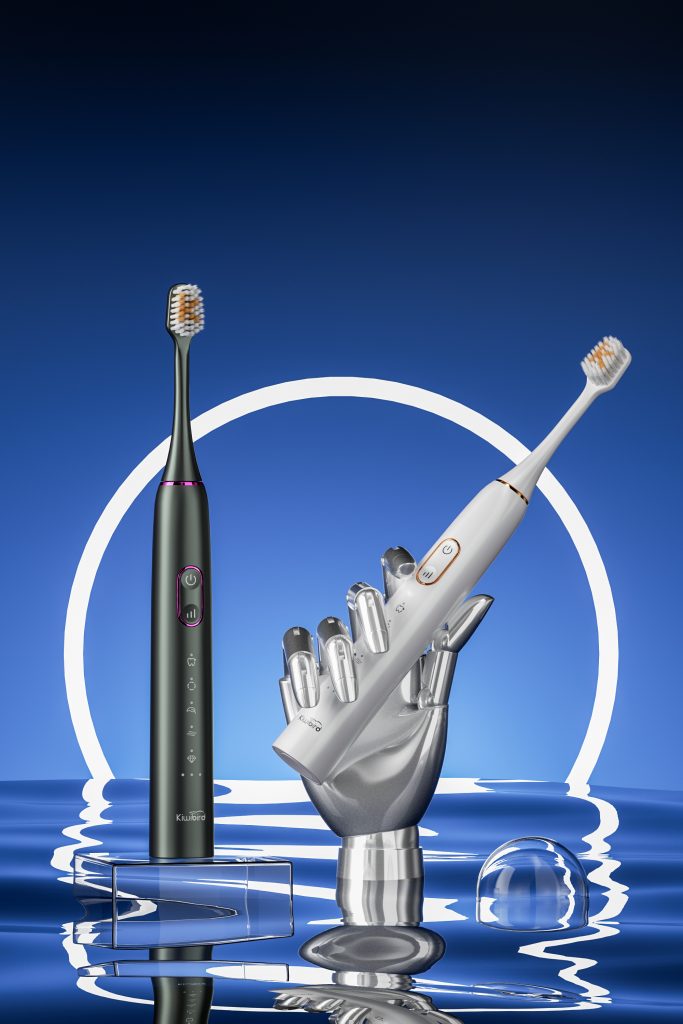
Child Compatibility Meets Cold Light Sensitivity: Safe?
Are Pressure Sensor Errors Worsening Hygiene Mode Absence?
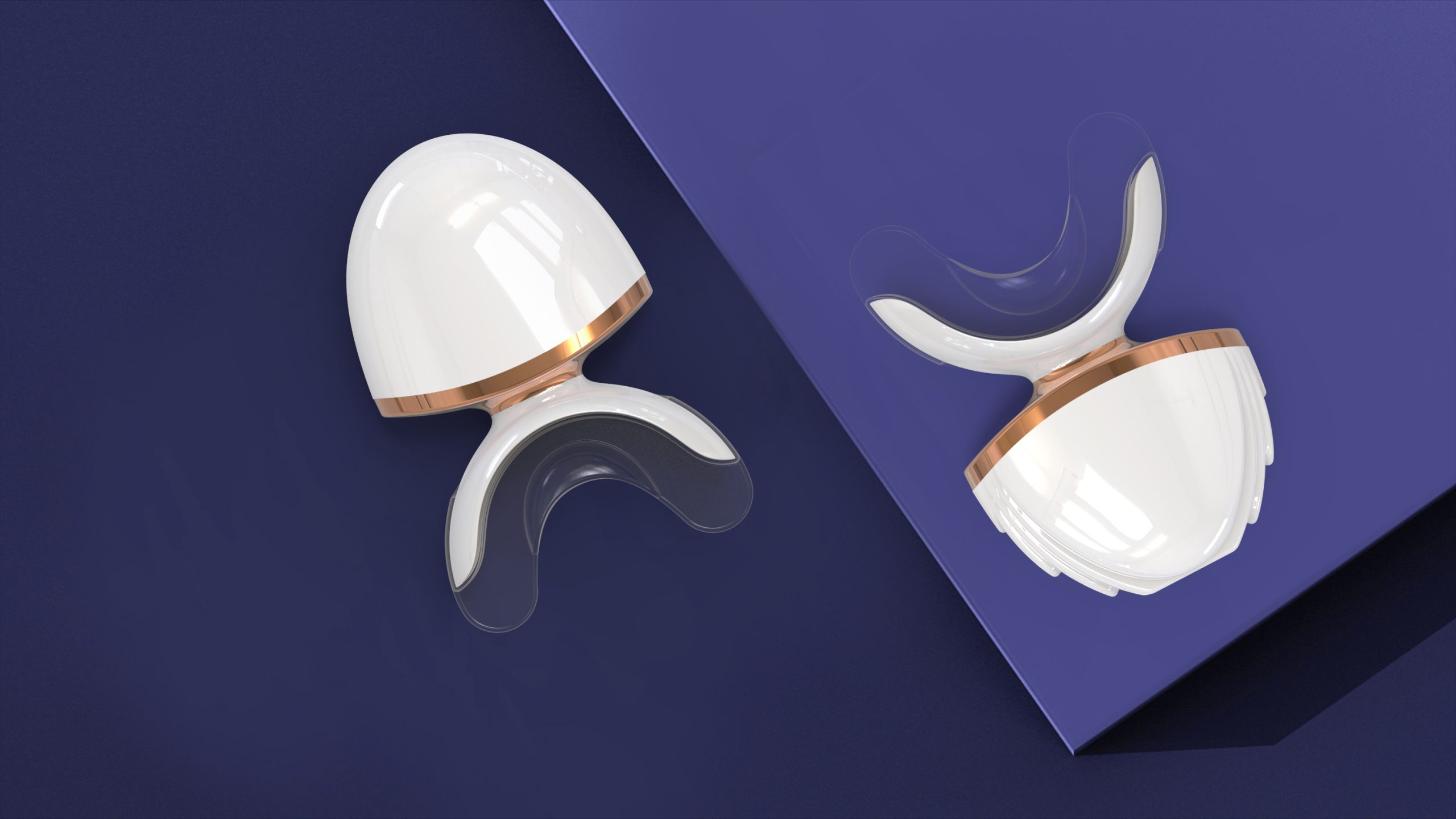
Is Blue Light Under 480nm Safe for Teeth Whitening Devices?
Does Toothbrush Battery Life Impact Gum Recession Risk?
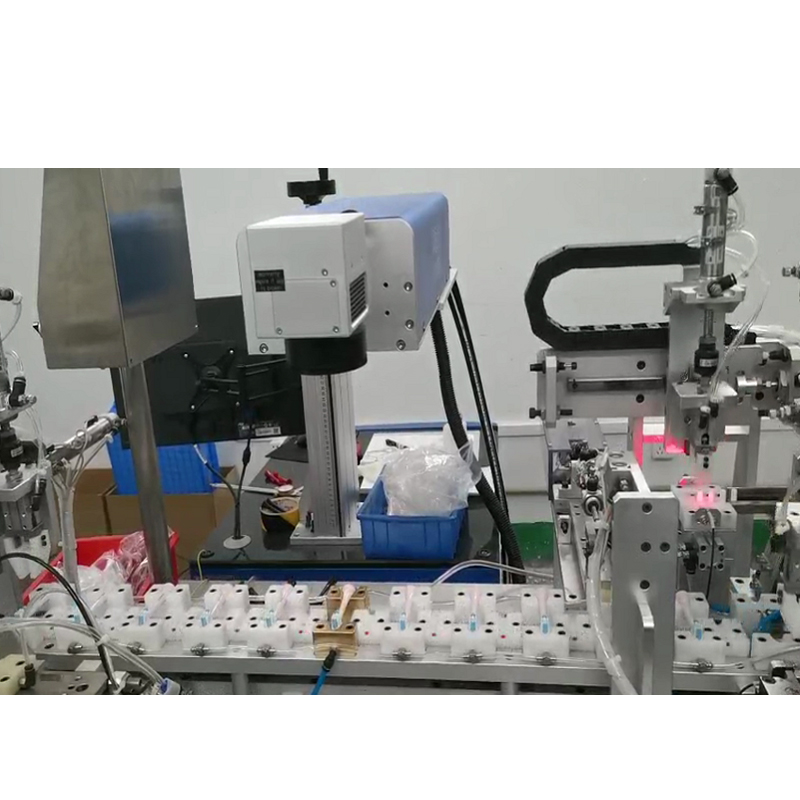
Electric Toothbrush Laser Engraving LOGO Process: How to Set the Depth, Speed and Power Parameters?
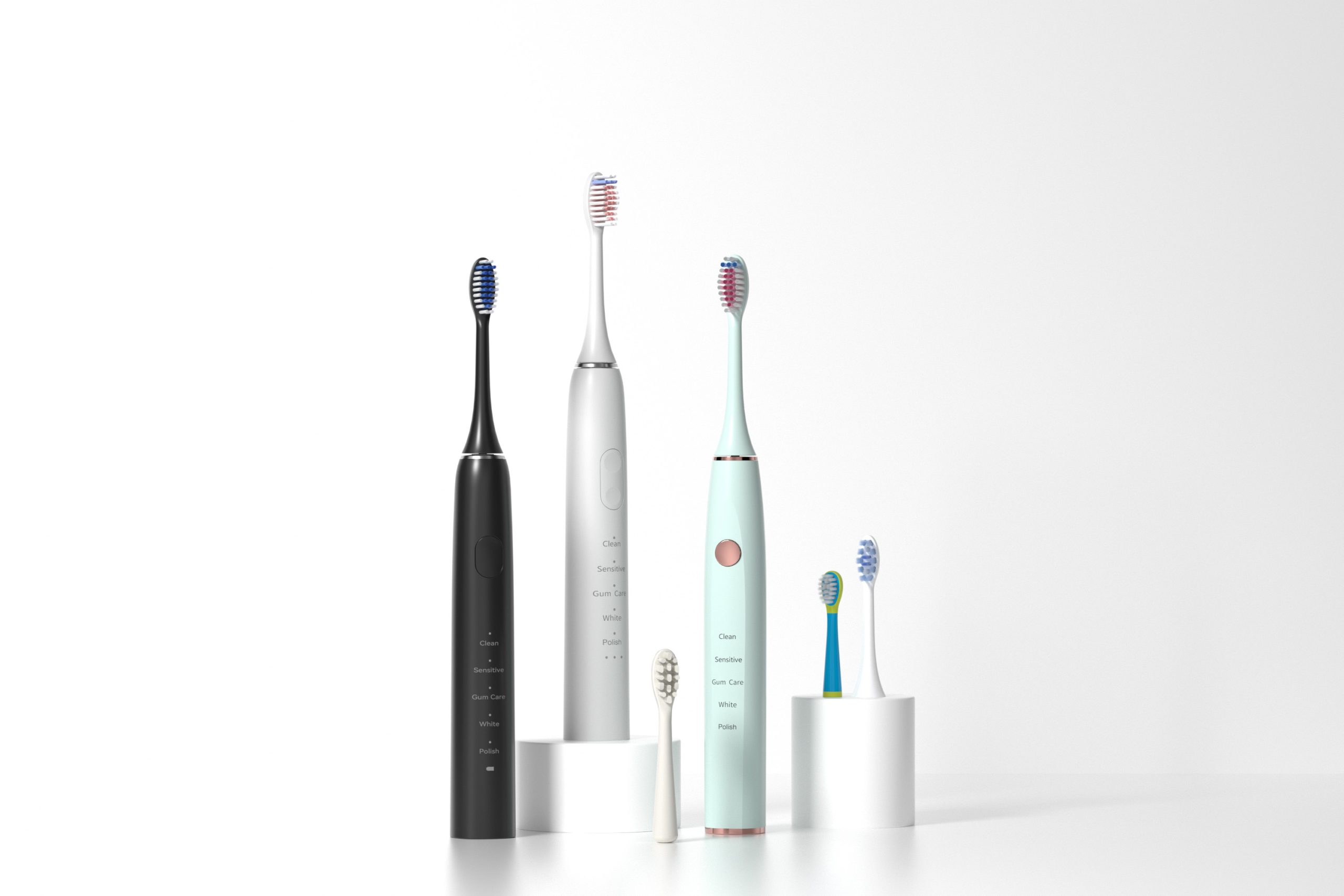
How a Seattle sustainable toothbrush meets the Seattle tech toothbrush
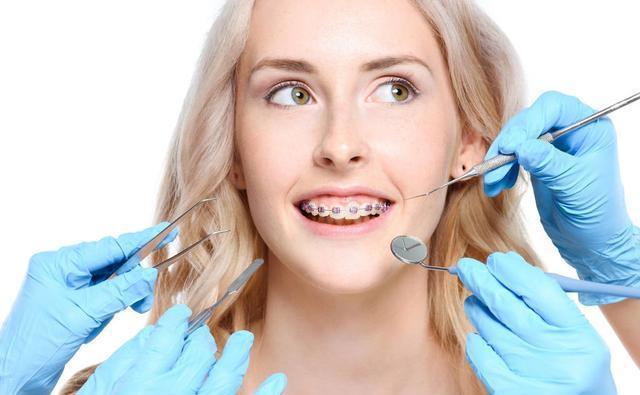
Best Dentist-Recommended Braces Cleaning Products for Braces Wearers
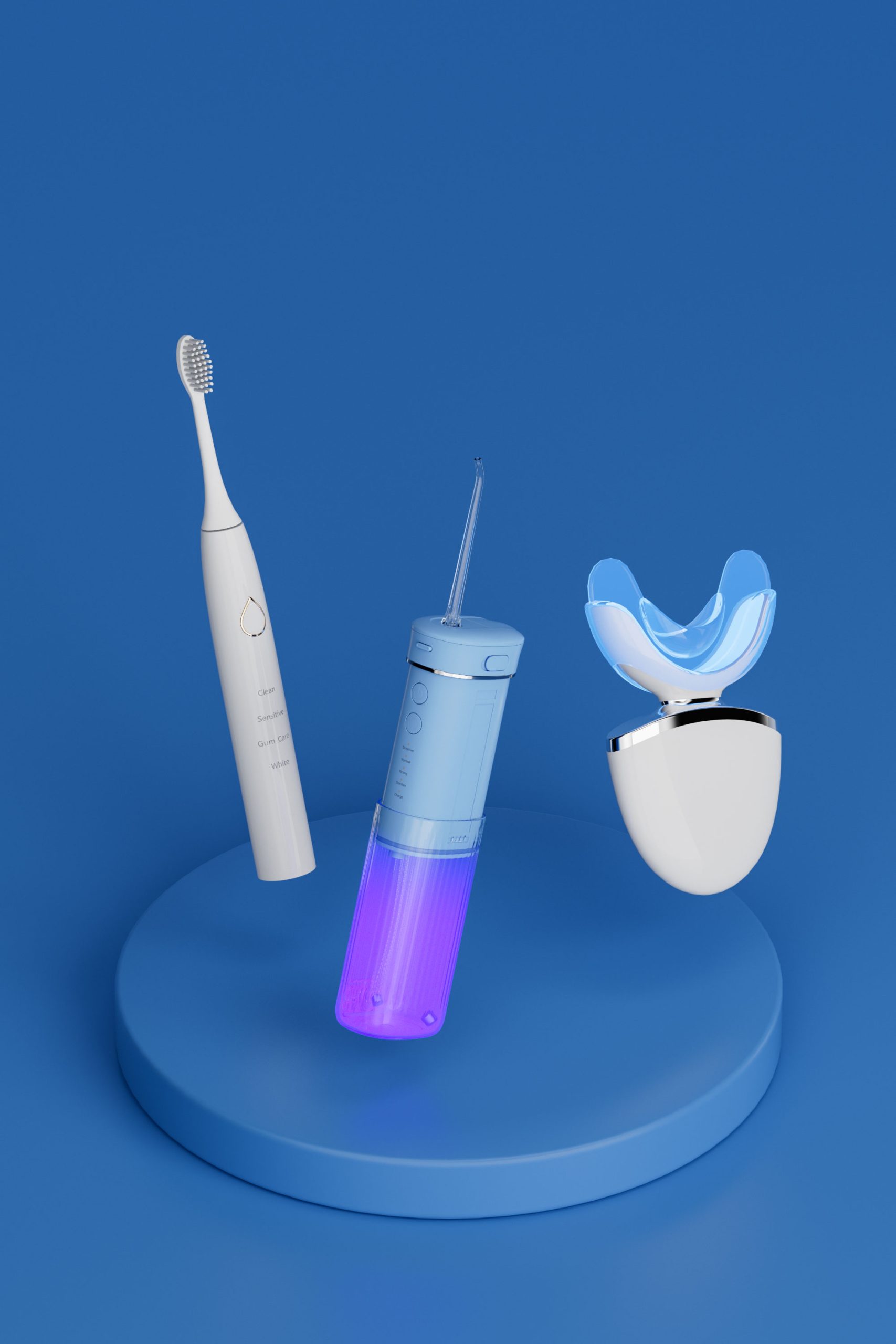
Why a Hindi brushing guide is essential for your First-time user guide
.jpg)
Real-Time Brushing Tracking: How Smart Toothbrushes Improve Oral Care
Battery Corrosion + Charger Incompatibility — What’s Next?
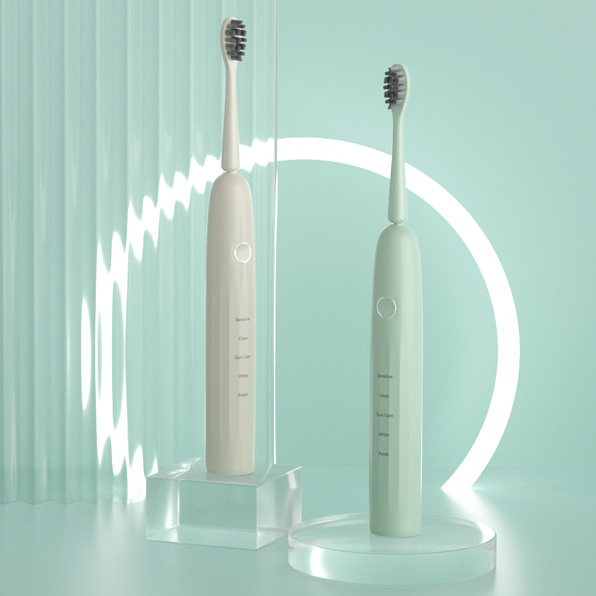
Is a One-button toothbrush truly a Pune simple toothbrush for seniors?
Hydrogen Peroxide Concentration & Motor Durability: Linked?
Why Is Your Device Stuck in Frequency Instability and Smart Timer Malfunction?
Does Loud Electric Toothbrush Noise Reduce Cleaning Efficacy?
Could Your Toothbrush Be Damaging Gums?
.jpg)
Executive Diwali gift or Status symbol toothbrush — what truly impresses?

electric toothbrush heads Ultra Soft

electric toothbrush heads Regular Clean

Customization Teeth Whitening Gel
.jpg)
Florida Electric Toothbrush – Powsmart PTR-C8

electric toothbrush heads Charcoal Infuse-Round

Electric toothbrush heads Charcoal Infused-Diamond

Private Label Whitening Gel

electric toothbrush heads Deep Clean
whstapp
whstapp
National Toll-Free Service Hotline
+86 755 86238638